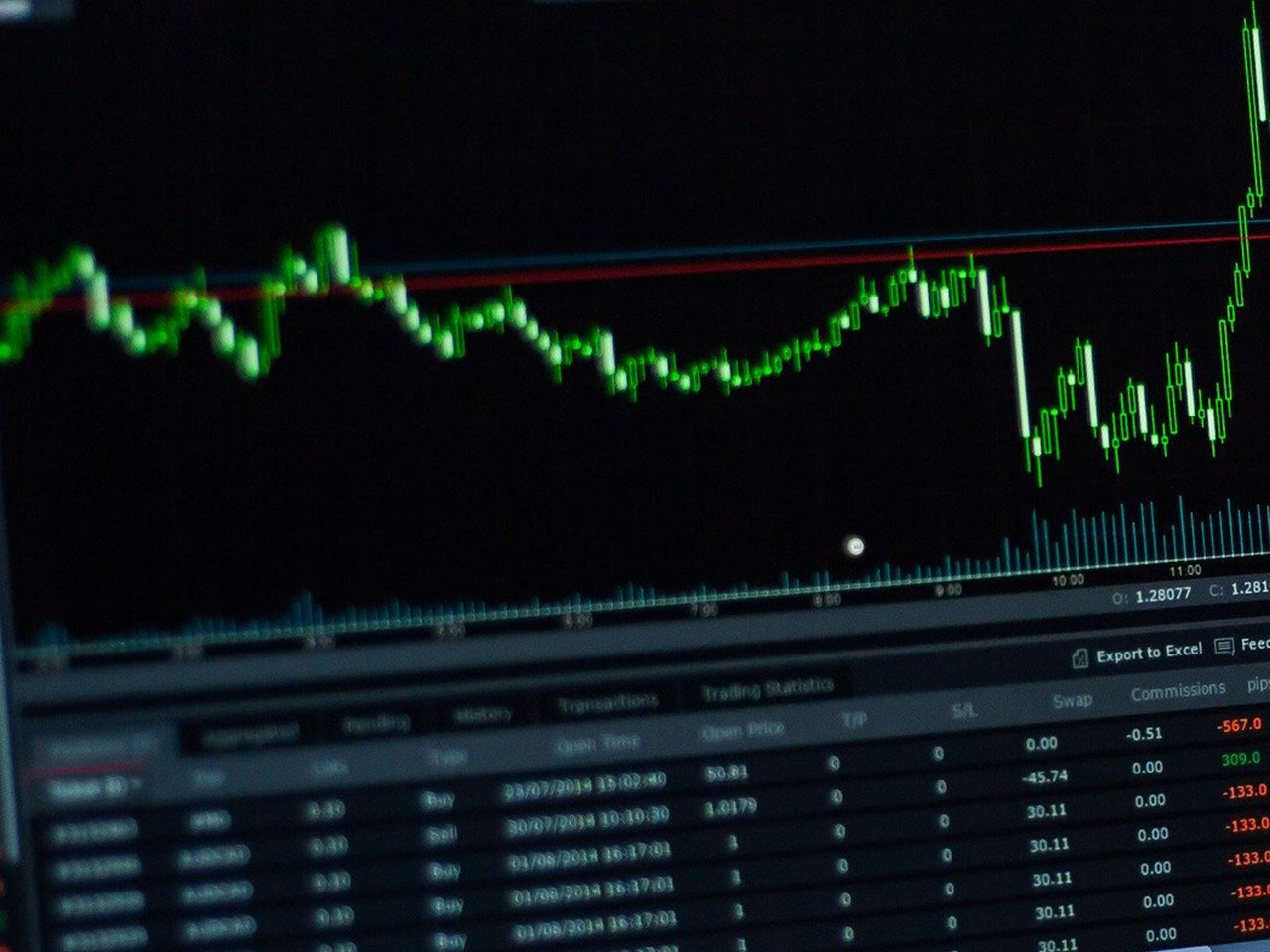Ashmore Group PLC (LSE: ASHM.L), a prominent name in the asset management sphere, stands out with its strategic focus on emerging markets. Founded in 1992 and headquartered in London, the firm has carved a niche by offering investment management services across equity and fixed income portfolios to both retail and institutional clients globally. With a market capitalisation of $1.04 billion, Ashmore’s financial health and strategies are crucial for investors keeping an eye on the financial services sector.
Currently, Ashmore’s stock is trading at 158.7 GBp, marking a subtle 0.01% increase. This positions it within a 52-week range of 125.10 to 218.40 GBp, indicating a broad span of market sentiment. Notably, the stock has a 50-day moving average of 152.36 GBp and a 200-day moving average of 164.85 GBp, reflecting its recent market performance and volatility.
Despite the absence of a trailing P/E ratio, Ashmore’s forward P/E is an eye-catching 2,088.98. Such a high forward P/E suggests that investors are placing substantial expectations on future earnings growth, even though traditional valuation metrics like PEG, Price/Book, and Price/Sales ratios are not available. This lack of data might concern some investors, yet others may find the challenge of valuating the company intriguing, considering its unique market position.
Ashmore’s revenue growth stands at a healthy 7.40%, with an EPS of 0.10 and an impressive return on equity of 10.89%. However, the company’s hefty dividend yield of 10.80% is paired with a payout ratio of 161.88%, which could be a red flag for income-focused investors. Such a high payout ratio suggests that the company is distributing more in dividends than its current earnings, potentially questioning the sustainability of future dividends.
Analyst sentiment towards Ashmore is mixed. With two buy ratings, six hold ratings, and three sell ratings, the stock’s average target price is pegged at 146.27 GBp, reflecting a potential downside of 7.83% from its current price. The target price range spans from 115.00 to 240.00 GBp, indicating varied perspectives on Ashmore’s future performance.
From a technical standpoint, Ashmore’s RSI (14) stands at 49.07, suggesting that the stock is neither overbought nor oversold. The MACD (1.45) is slightly above the signal line (1.42), hinting at a potential upward momentum, albeit marginal.
For those considering an investment in Ashmore Group PLC, the firm’s strategic focus on emerging markets offers both opportunities and risks. The high dividend yield may attract income investors, but the sustainability of such dividends should be closely scrutinised. Meanwhile, its significant forward P/E ratio underscores market expectations of robust earnings growth, which may appeal to growth investors.
As Ashmore continues to navigate the complexities of emerging markets, investors should weigh the risks against the potential returns, keeping a close watch on dividend policies, valuation shifts, and global economic factors influencing emerging market dynamics.










































